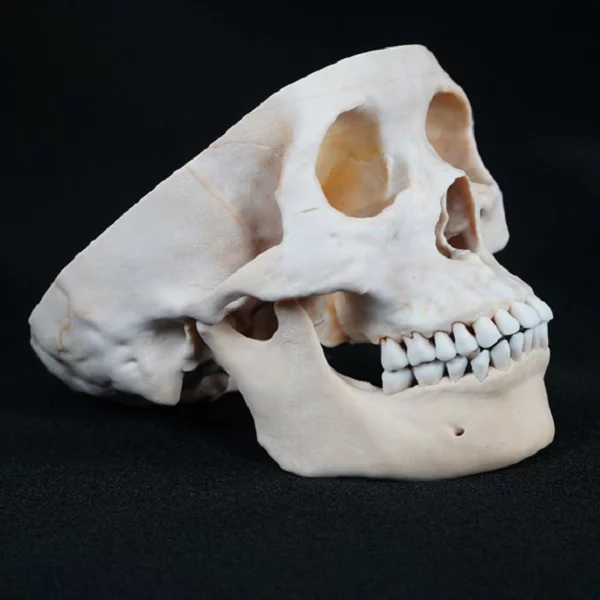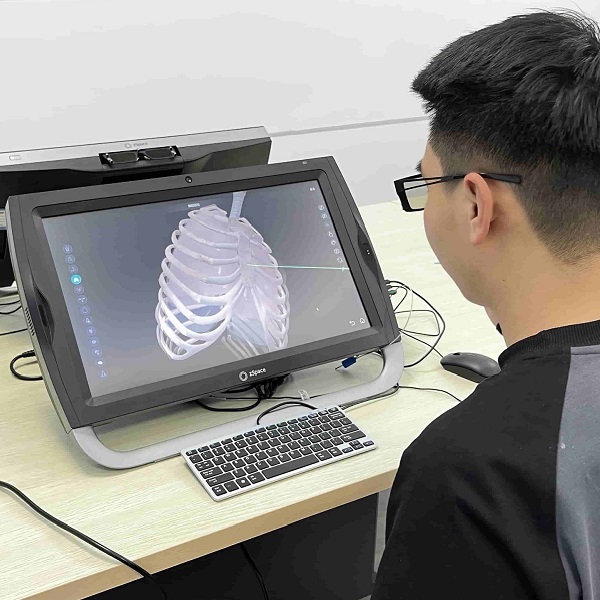
As an avid learner and advocate for advancements in education, I am thrilled to introduce you to the groundbreaking innovation of the 3d dissection table. This cutting-edge technology has transformed the way we study anatomy, providing a highly immersive and interactive experience that surpasses traditional methods.
The Power of the 3D Dissection Table
The 3D dissection table offers students and medical professionals alike an unparalleled opportunity to explore human anatomy in a three-dimensional virtual environment. With its realistic visuals and haptic feedback system, users can dissect virtual cadavers with precision and accuracy, gaining invaluable insights into anatomical structures.
This innovative tool allows learners to manipulate organs, tissues, and systems at their own pace while receiving real-time feedback on their actions. By offering a hands-on approach without any ethical concerns or limitations associated with traditional dissections, this technology bridges the gap between theoretical knowledge and practical application.
DIGIHUMAN: A Leap Forward in Anatomical Visualization
A key component of the 3D dissection table is DIGIHUMAN – a comprehensive digital library comprising high-resolution scans of real human bodies. This vast database provides access to detailed anatomical models that accurately represent variations found within different individuals.
DIGIHUMAN enables users to navigate through various layers of tissue, zooming in on specific areas of interest for closer examination. The ability to visualize intricate details such as nerves, blood vessels, and muscles enhances our understanding of complex physiological processes like never before.
Anatomy Table: Bridging Virtuality with Reality
In addition to its virtual capabilities, the 3D dissection table also features an integrated physical anatomy table. This unique combination allows learners to transition seamlessly between the virtual and physical realms, reinforcing their understanding of anatomical structures.
The anatomy table provides a tangible experience by incorporating 3D-printed models that correspond to the digital representations on the dissection table. This integration facilitates a multi-sensory learning approach, engaging both visual and tactile senses for enhanced retention and comprehension.
In Conclusion

The introduction of the 3D dissection table has revolutionized anatomy education by offering an immersive, interactive, and comprehensive learning experience. With its realistic visuals, haptic feedback system, DIGIHUMAN database, and integrated anatomy table, this technology empowers learners to explore human anatomy in ways never thought possible.
By embracing this innovative tool, we can bridge the gap between theoretical knowledge and practical application while fostering a deeper understanding of our own bodies. The future of medical education is here – let us embrace it with open arms!



